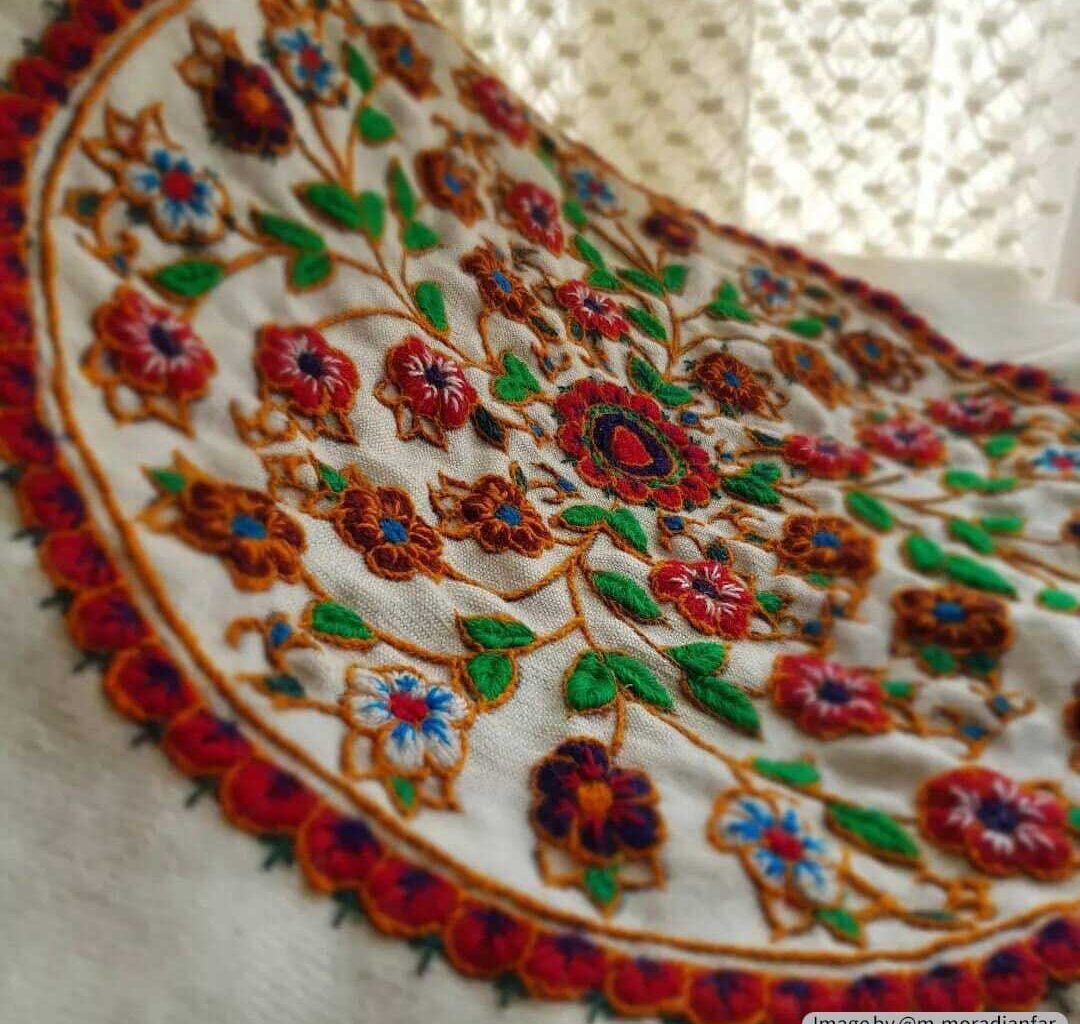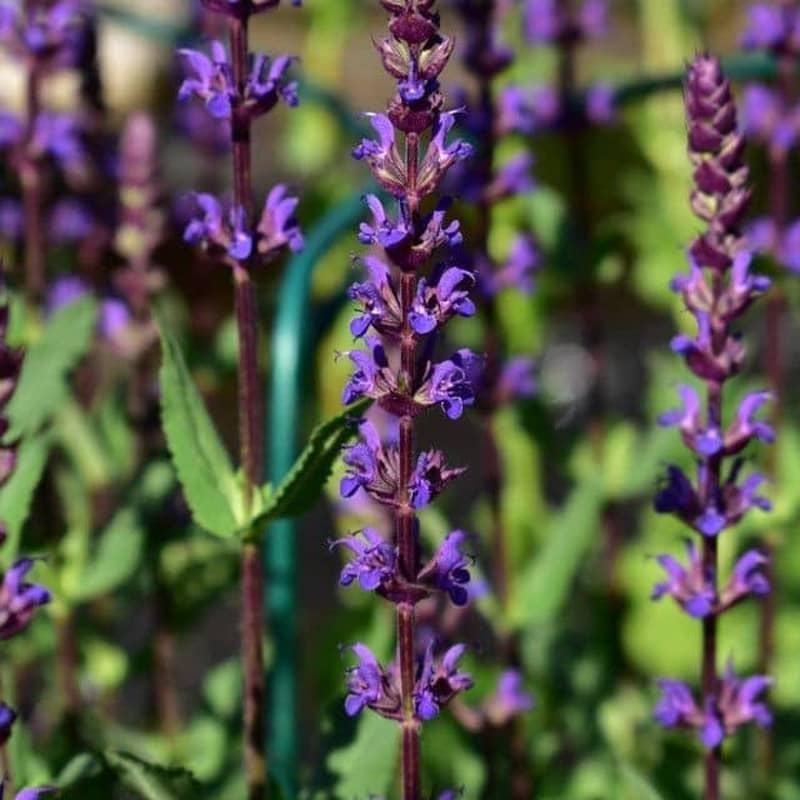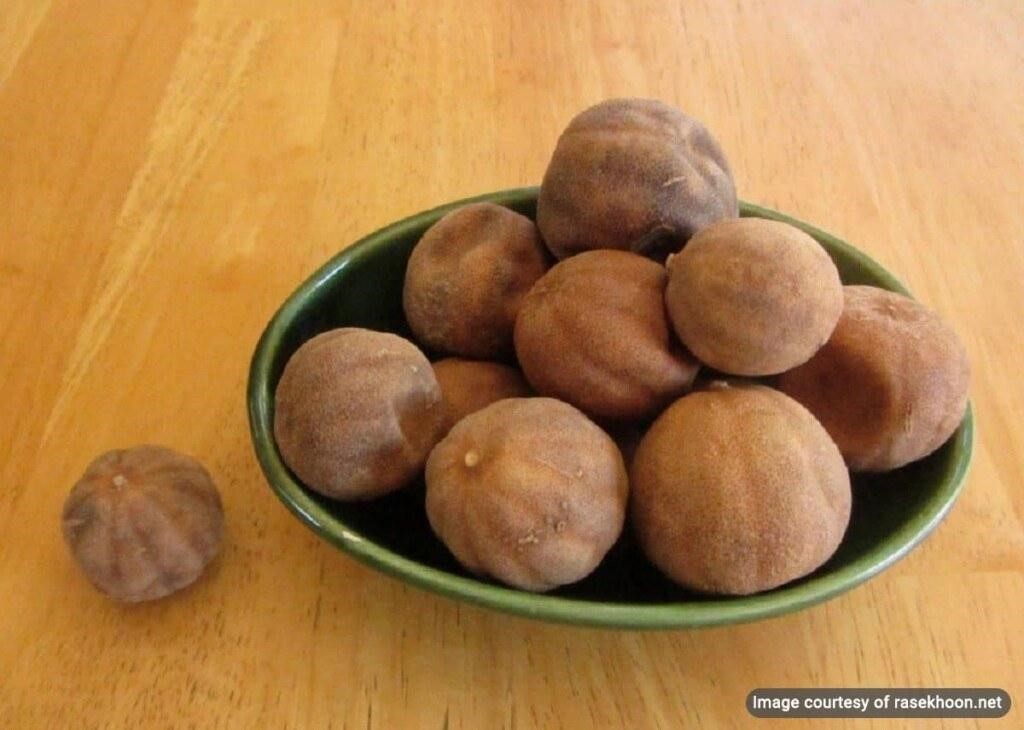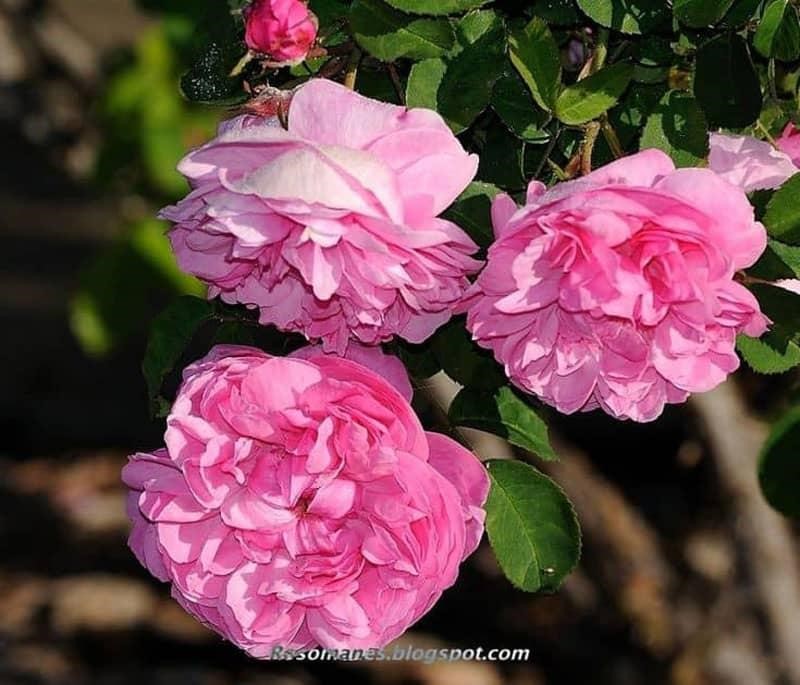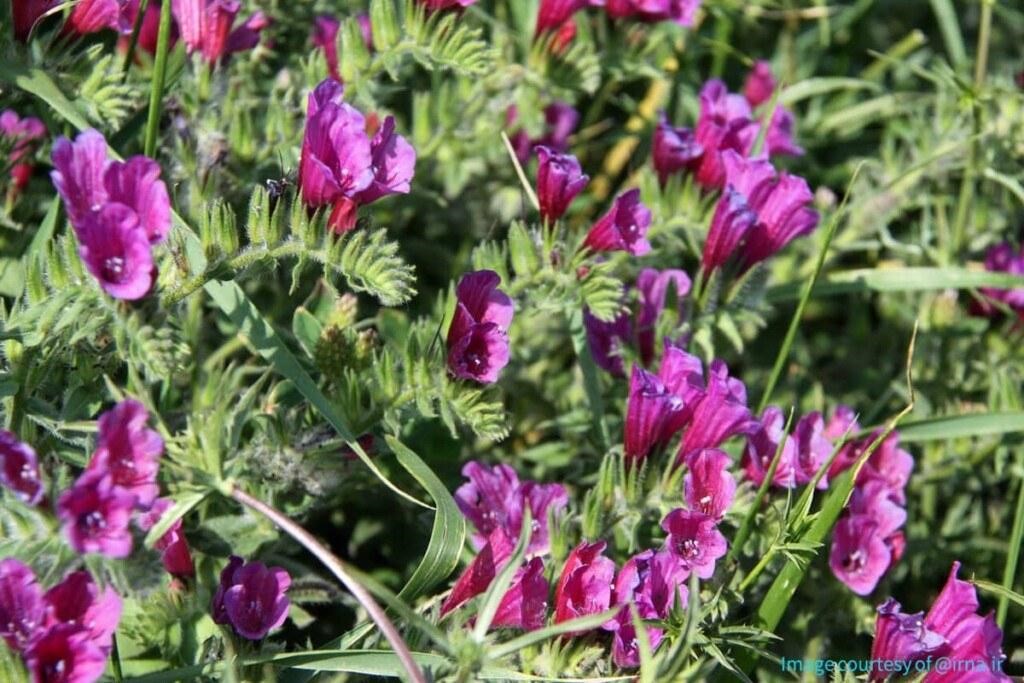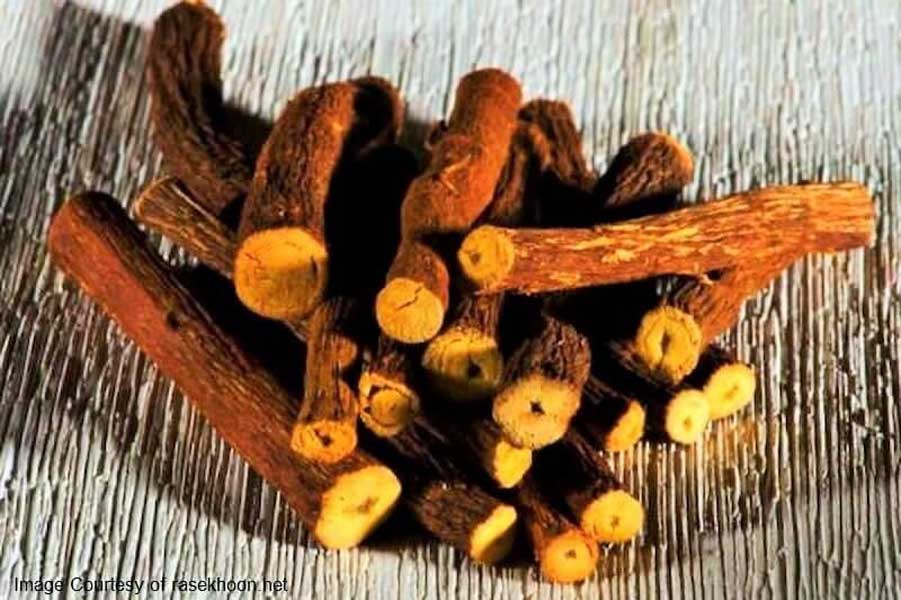
Liquorice (Licorice in American English) is a herbal product derived from the root of a perennial plant about one meter in height. This plant grows up to two meters in temperate climate. Although the liquorice plant is native to Europe, it is cultivated in North Africa and temperate regions of Asia and is one of the medicinal herbs in Iran.
This plant has compound pinnate leaves with 4 to 7 leaflet pairs, and a single leaflet at the end that secretes a sticky sap. The liquorice plant blooms in early summer , the color of its flowers are white with purple, golden, violet or blue foliage. After the petals fall, the flowers transform into pod-shaped conical fruits with a brownish shade.
The licorice plant grows in most regions of Iran, including Lorestan, Azerbaijan, Bakhtiari region and Eqlid city in Fars province.
Liquorice Nutritional Facts and Medicinal Benefits
This plant contains various constituents, the most important of which is Glycyrrhizin. This substance breaks down into glycyrrhizic acid, which is the source of the sweet taste of licorice. This substance is stored in the roots of the plant. It is up to 50 times sweeter than sucrose, and consists of 5 to 20% of the roots depending on environmental conditions and plant types.
Liquorice is a perennial plant, and each year the amount of glycyrrhizic acid in the roots increases. As a result, the roots grow sweeter over time. This plant has different types, each of which has its own taste. For example, the Spanish variety has a mild taste and the Greek variety has a bitter taste.
Other substances in this medicinal herb include flavonoids, isoflavonoids, sterols, volatile compounds, starch, glucose, sucrose, lignin, amino acids, amines and resins. All these substances are stored in the root and underground stem of the plant. These parts have medicinal properties of liquorice. The root of this plant contains other substances such as coumarin and flavon.
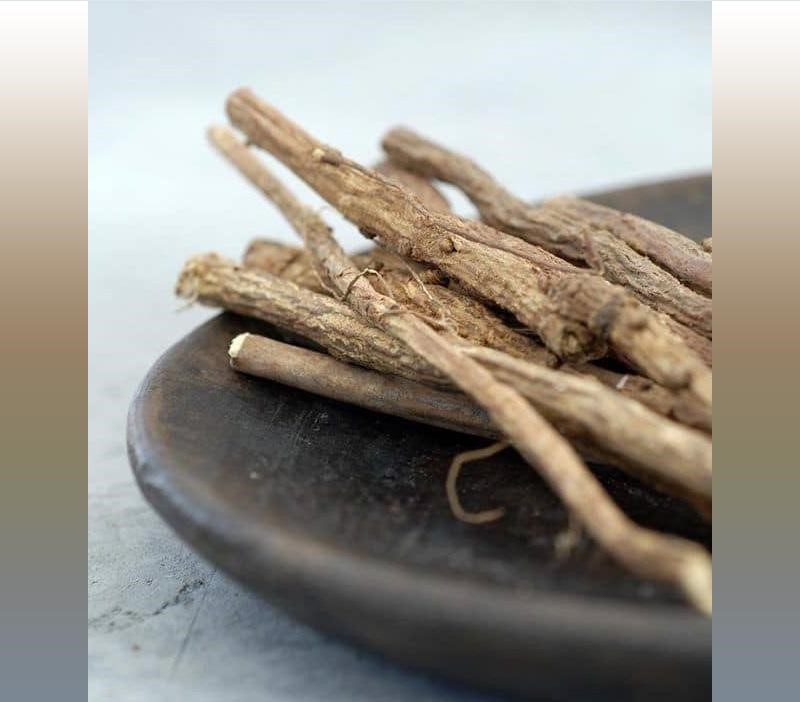
In the following, we introduce some of the licorice medicinal properties:
Treatment of Peptic Ulcer Disease:
The most important medicinal property of liquorice is its positive effect on the digestive system and gastrointestinal health and its benefits in the treatment of peptic ulcers. Glycyrrhizic acid and glycyrrhizin present in liquorice are very effective in treating peptic ulcers.
Liquorice, a Natural Expectorant Agent:
Since ancient times, traditional medicine practitioners have recommended the liquorice powder (ground root) as an expectorant and Mucoactive agent. It is still a useful medicinal herb for this purpose.
Prevention of Tooth Decay and Gum Infections:
The compounds in the liquorice medicinal herb have antimicrobial and antibacterial properties. Therefore, liquorice extract can be administered to prevent tooth decay and gum infection, and is even used in toothpastes or mouthwash products.
Skin Brightener and Skin Spot Remover:
The extract of herb is a great option for skin cleansing routines, and is available in the form of natural skin care creams.
Treatment of Various Diseases:
Iranian traditional medicine considers this plant useful for treating muscle spasms and inflammation, bronchitis (inflammation of the bronchus in the lungs), rheumatism and arthritis.
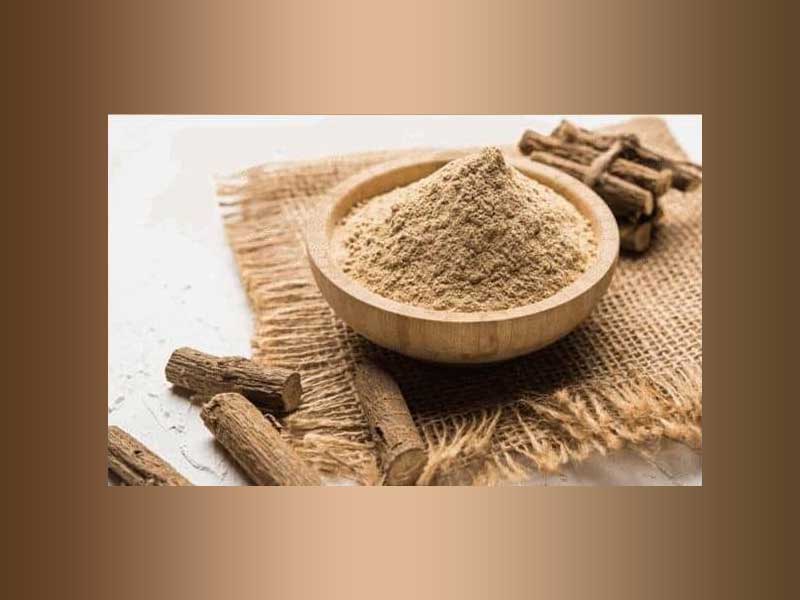
Disadvantages of Excessive Consumption
Excessive consumption of liquorice products stimulates the adrenal glands and leads to the excessive secretion of the aldosterone hormone. The increased secretion of aldosterone can lead to the formation of benign adrenal tumors. This disease has symptoms that include: high blood pressure, low blood potassium level and abnormal increase in blood volume.
For this reason, excessive consumption of this plant is prohibited. Of course, its balanced consumption is not harmful and has a positive impact on health, some of which we mentioned earlier. If you limit your daily liquorice consumption to 20 grams, you can avoid the adverse effects.
Unrestrained consumption of liquorice can lead to increased blood pressure and even increase the risk of heart attack. Therefore, it should be consumed in moderation. Excessive consumption may cause muscle pain, numbness of hands and feet, and even paralysis in all four limbs, i.e. arms and legs.
Iranian traditional medicine experts recommend against the use of liquorice if you suffer from heart and liver problems, kidney issues or high blood pressure. The consumption of this plant is prohibited for pregnant and mothers who are breastfeeding.
Liquorice, Common Traditional Medicinal Herb in Iran
Liquorice is one of the traditional medicinal herbs of Iran that grows in most parts of the country. The Iranian variety of this plant has thick roots.
You can collect and compare different types of this herb when traveling to different parts of Iran. Destination Iran aims to promote food tourism in Iran and provides information about various types of traditional medicinal herbs for our audience.







